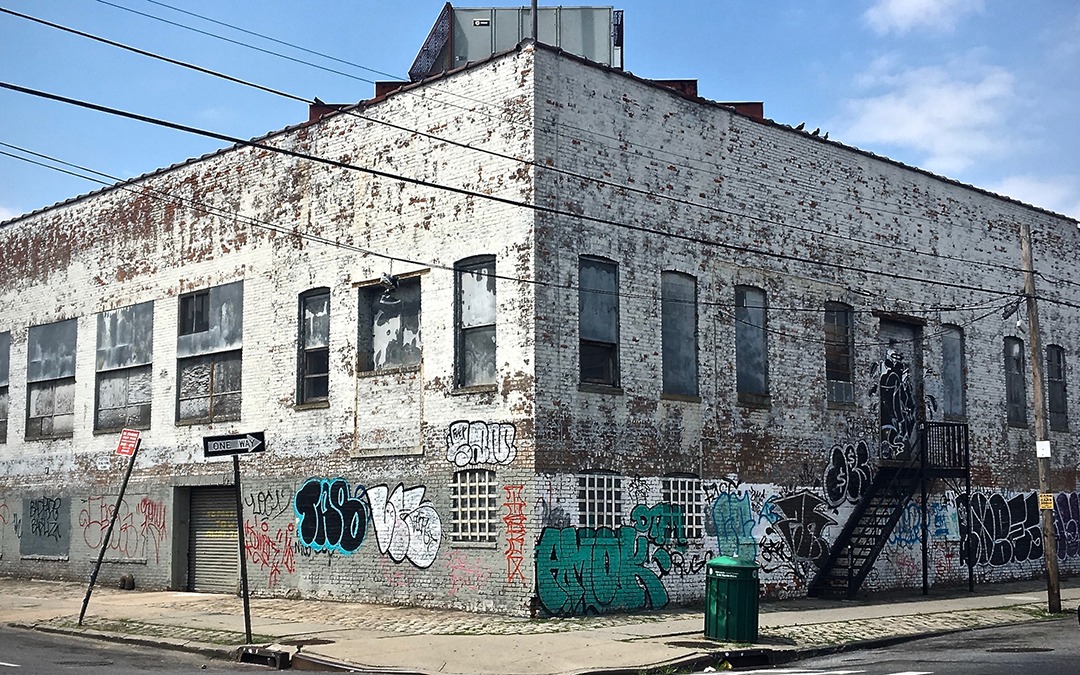
If your company needs to expand or relocate, keep the rehabilitation tax credit in mind, especially if you like old buildings.
Qualified Rehabilitation Tax Credit Expenses
The credit for a qualified renovated building that is also a certified historic structure is equal to 20% of the qualified rehabilitation expenditures (QREs). A qualified rehabilitated building is a depreciable building that has been put into use prior to the start of the rehabilitation and is used, after the rehabilitation, in a business or for the generation of income (and is not held principally for sale). A further requirement is that the building be “substantially” renovated, which often means that the QREs for the renovation must be larger than $5,000 or the adjusted basis of the old structure.
Any cost associated with the rehabilitation (including reconstruction) of a qualified rehabilitated building that is chargeable to capital is known as a QRE. QREs cannot include building purchase or enlargement costs and must be for real property alone (not for land).
Claiming the Credit
The 20% credit is divided ratably among the five tax years starting with the one in which the qualifying renovated structure is put into use. As a result, each year during the course of the five-year period, a credit equal to 4% (20% divided by 5) of the QREs related to the building is permitted. Both the ordinary federal income tax and the alternative minimum tax may be offset by the credit.
The credit saw some adjustments as a result of the Tax Cuts and Jobs Act, which was passed at the end of 2017. The law specifically:
- Requires that taxpayers claim the 20% credit ratably over five years rather than in the year they put the facility into service.
- Eliminated the 10% rehabilitation credit for structures built before 1936
Other Tax Incentives
To explore the specifics of the rehabilitation tax credit, get in touch with us. There might be additional federal tax advantages available for the area you’re thinking about. For instance, different tax advantages can be available based on your preferences for energy needs and where it is situated. Additionally, there can be local or state tax and non-tax incentives.
After taking into account these initial factors, we can collaborate with you and construction experts to decide if a certain available “old” building can undergo a renovation that is both tax-credit compliant and practical. Additionally, if you do find a building that you decide to purchase (or lease) and renovate, we can assist you in keeping track of project expenditures and proving that the project complies with the criteria for the credit and any other tax benefits.